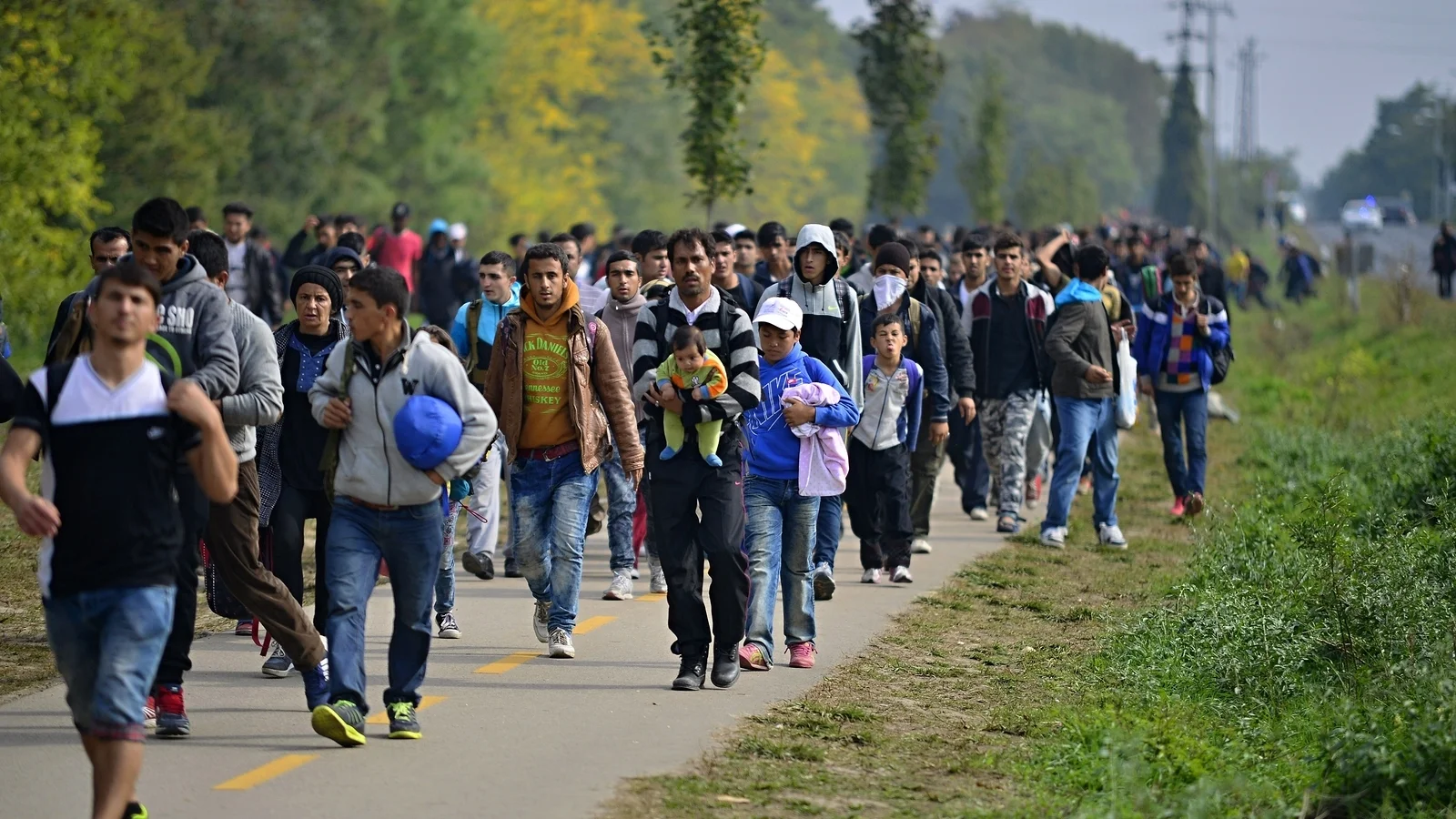Refugees are men, women and children who are forcibly displaced fleeing war, persecution and political upheaval who have crossed borders to seek safety in another country. Most eventually go home when it’s safe, some stay in temporary refugee settlements, and a tiny fraction resettle in a third country, such as the United States.
We help give a good start to newly arrived Refugees, Special Immigrant Visa holders, Asylees, and Asylum-seekers* for their first year in the United States. We use the word Refugee in our materials as an umbrella term for these four categories of forcibly displaced people.
*Teams partnering with asylum-seekers walk alongside them longer than a year until they get their work permit.
How Are Refugees Resettled In The US?
Refugee status is determined by the United Nations. Most refugees who enter the U.S. Refugee Admissions Program are identified and referred for resettlement in the U.S. by the U.N. Refugee Agency (UNHCR - United Nations High Commissioner for Refugees), a U.S. Embassy or an approved humanitarian aid organization.
The U.S. is just one of 28 resettlement countries. Out of the nearly 20 million refugees in the world, less than 1 percent are considered for resettlement worldwide. The U.S. accepts a limited number of refugees each year.
Applicants for refugee admission to the U.S. must satisfy the following criteria:
The definition of a "refugee" as determined by U.S. government officials.
Be among those refugees determined by the President to be of special humanitarian concern to the U.S.
Be otherwise admissible under U.S. law.
Not be firmly resettled in any foreign country.
Although a refugee may meet the above criteria, the existence of the U.S. Refugee Admissions Program does not create any entitlement for that person to be admitted to the U.S.
How Are Refugees Vetted?
Refugees are vetted more intensively than any other group seeking to enter the U.S. All those seeking to come here must first be registered by the United Nations refugee agency, which identifies the families most in need. The U.S. then hand-selects every person who is admitted.
The U.S. resettlement program gives priority to refugees, usually vulnerable families, who have been targeted by violence. The U.S. does not recognize as refugees people who have committed violations of humanitarian and human rights law.
Security screenings are intense and led by U.S. government authorities, including the FBI, the Department of Homeland Security, the Department of Defense, and multiple security agencies. The process takes up to three to five years. and is followed by further security checks after refugees arrive in the States.
How Does Home For Refugees Help Resettle Refugees?
Home for Refugees partners with United States Refugee Resettlement Agencies and other resettlement organization to provide a Community Sponsorship Team, we call a Home Team, from a faith group or community group to help a case worker resettle a newly arrived refugee and will continue to come alongside the refugee for a 12-month period: building mutual friendships, introducing them to the American culture, providing material support and advocacy, and teaching them how to access their community services more efficiently in order to help them create their new home here in the United States and become independent and vital contributors within their communities.
Each refugee is assigned a Home Team of about 5 of volunteers, depending on the size of the refugee family, who will work with them during their pivotal first year in the United States. We provide them with the friendship and trusted support. A group of people to turn to for questions and advice as they need to restart their lives here and overcome cultural barriers, so that their adjustment is as easy as possible. Refugees are encouraged to find work quickly and become self-sufficient — and most do. Refugees even pay back the travel loans taken out for their plane tickets here.

